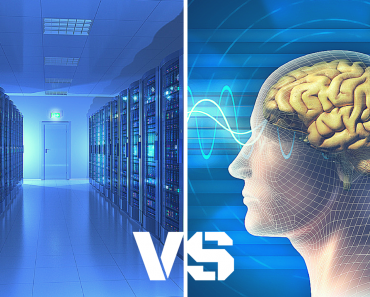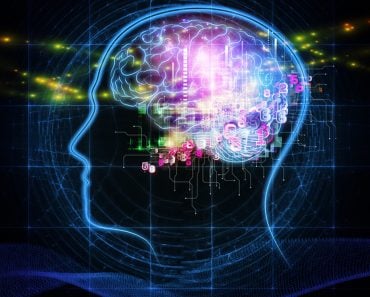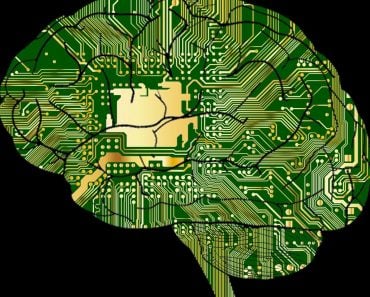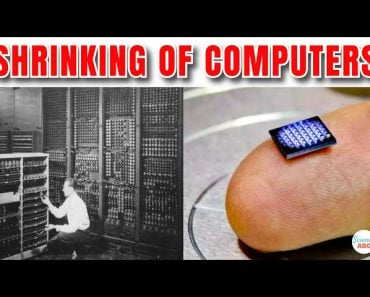Table of Contents (click to expand)
Some scientists have been studying how to read people’s thoughts, and they have recently made a computer program that can do it in almost real time, within 20 milliseconds of the participant looking at the image. The program is 96% accurate. This technology could be a boon for people who have trouble communicating, such as ALS patients, and for those who have strokes. It could also help us understand the human body while it is experiencing a coma. However, some people are worried about the privacy implications of this technology.
If we consider the machines of today, they already kind of have algorithms to read your mind. Think of Youtube, for example. It remembers your choices and preferences and recommends similar videos that it predicts you will like. However, this cannot be correctly interpreted as reading your mind. What I mean by actually “reading your mind” is the computer interpreting your thoughts even before you can vocalize it aloud. The question, therefore, is do machines have the ability to decipher human thought?
The answer is… not yet. But the future of mind-reading devices seems terrifying close.
Recommended Video for you:
Past Research
Recently, a lot of research is being done in this field. In 2011, scientists at the University of California, Berkeley studied the brain waves of people watching movie clips. Then, just by studying those brainwaves, they could translate and reconstruct those same movie clips! Sure, they weren’t in the best resolution, but the brain perceives what the brain perceives. Who are we to question it?

In 2014, another research study was conducted. This time, two scientists attempted to send thoughts to each other using a brain-to-brain link. Researchers in India made one person think ‘Hola’ and ‘Ciao’, while his brain recordings were studied and sent to France. There, a machine converted it into a brain stimulation that was perceived as flashes of light by another person. From just the flashes, the French person could identify the greeting!
New Research
A new computer program can now decode a person’s thoughts in almost real time! Researchers achieved this feat by studying electric signals coming from electrodes implanted in the brain.
The only problem with conducting this experiment is that to implant electrodes, you have to split the skull open.

However, fortunately for scientists, there were plenty of people waiting around in hospitals with their skulls already open! Patients with severe epilepsy are sometimes offered a treatment that involves putting a sheet of electrodes all over their brain, so that the next time they begin to suffer a seizure, the doctors can analyze which part of the brain is becoming overheated and then focus their attention on only that part of the brain. Given that epileptic patients can get seizures anytime, they usually hang around waiting in the hospital with their skulls invitingly split open for neuroscientists to investigate.

With the consent of 7 such epileptic patients, Rajesh Rao, a neuroscientist from the University of Washington in Seattle, implanted additional electrodes in the temporal lobes of the patients’ brains (the temporal lobe is the part of the brain that recognizes and processes sensory input). Rao and his colleagues then showed these participants a computer screen on which several images flickered by, such as pictures of faces and houses – even an upside-down house.
The electrodes were hooked up to a powerful computer that analyzed the different parts of the brain that lit up in response to different pictures. For the first two-thirds of the exercise, the program was silently watching and studying the brain processes. For the last one-third, however, it started predicting the responses – with 96% accuracy! – all within 20 milliseconds of the instant the participant looked at the image!

Uses
Imagine the different uses for this kind of computer! It would definitely help those people who have trouble communicating for various reasons, such as ALS patients. Also, it would be a boon for those who suffer from strokes, allowing them to communicate with other people again. Imagine how easy Stephen Hawking’s life would have been if this technology had been in place 40 years ago! Think of all the various theoretical applications as well! We could finally fully understand the human body while it is experiencing a coma. We could literally map out thought patterns, bringing us one step closer to achieving artificial intelligence.

Of course, not everyone is on board with such mind-reading technology. Some people believe that it could lead to dystopian situations – the ultimate breach of privacy. It’s true…. this could be a terrible weapon in the wrong hands. However, it is too soon to foresee any kind of future for this tech. For now, it’s just inarguably and downright cool!












